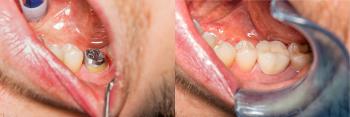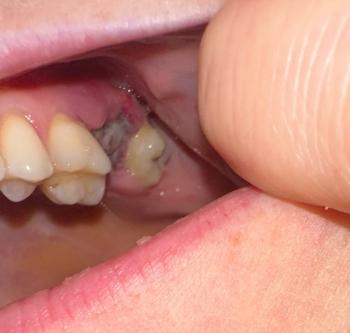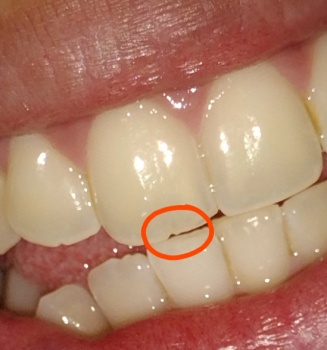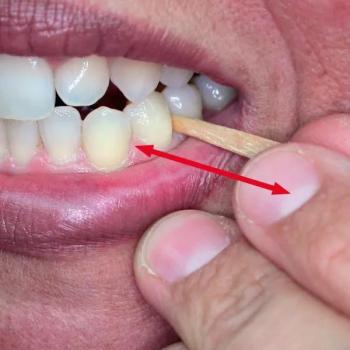Because Every Tooth Deserves Care.
Crowns and Bridges
Selecting the best materials used for your crowns and bridges is essential to ensure durability, comfort, and a natural appearance that gives you confidences. Always choose the best materials for your crowns and bridges in Cebu, Philippines.
1. Consult with Your nearest Dentist
- Get Expert Advice: Your dentist will evaluate your specific needs, including the location of the crown or bridge in your mouth, your bite, and aesthetic considerations. They can recommend the most suitable materials on your teeth situation.
- Get ready personalized: Get head start prioritize durability, aesthetics and customized prefer budget.
2. Understand the Different Materials you are using strength and weakness
-
Porcelain-Fused-to-Metal (PFM)
- Pros: Strong and durable, with a natural appearance due to the porcelainz. Suitable for both front and back teeth.
- Cons: This are metal beneath the porcelain can sometimes show through as a dark line at the gumline.
-
All-Ceramic or All-Porcelain
- Pros: Best for aesthetics, as they mimic the natural translucency of teeth. Ideal for front teeth.
- Cons: Less durable than metal-based crowns and may not be suitable for molars that require strong chewing force.
-
Zirconia
- Pros: Extremely strong and durable, with a natural appearance. Resistant to cracking and chipping. Can be used for both crowns and bridges.
- Cons: More expensive than other materials.
-
Gold or Metal Alloys
- Pros: Extremely durable and long-lasting, with minimal wear on opposing teeth. Ideal for molars where chewing forces are strongest.
- Cons: Not as aesthetically pleasing due to the metallic color.
-
Composite Resin
- Pros: Less expensive and can be color-matched to your teeth.
- Cons: Less durable and more prone to wear and discoloration over time.
3. Consider the Location of the Crown or Bridge for faster process
- Front Teeth: Aesthetic appearance is crucial, so materials like all-ceramic or all-porcelain are often recommended for a natural look.
- Back Teeth: Durability is more important, so materials like zirconia, PFM, or gold are usually better suited.
4. Evaluate Longevity and Maintenance rather than temporary materials
- Durability: If you want a long-lasting solution, materials like zirconia or metal alloys are the best options.
- Maintenance: Some materials, like composite resin, may require more maintenance and are prone to discoloration, while others like porcelain or zirconia require less upkeep.
5. Budget Considerations both short term and long term
- Cost vs. Quality: Higher-quality materials like zirconia or gold may be more expensive but offer greater durability and a longer lifespan. However, your dentist can help you find a balance between cost and quality that suits your budget.
- Insurance: Check with your dental insurance provider to see what materials and procedures are covered, which can help reduce out-of-pocket costs.
6. Aesthetic Preferences
- Color Matching: If you want your crowns or bridges to blend seamlessly with your natural teeth, materials like all-ceramic or porcelain are ideal due to their ability to mimic natural tooth color and translucency.
- Visibility: Consider how visible the crown or bridge will be when you smile or talk. For less visible areas, durability might take precedence over aesthetics.
7. Evaluate Patient Reviews and Dentist Reputation
- Get Fiver start Recommendations: Ask your dentist about their experience with different materials and read patient reviews to see what others in Cebu have chosen and how satisfied they are.
- Dentist’s Skill: The quality of the crown or bridge also depends on the dentist's skill. Make sure to choose a dentist with a good reputation for crafting and fitting crowns and bridges.
8. Choose advance Lab Quality rather than traditional
- Dental Laboratory: Inquire about the dental lab that will fabricate your crowns or bridges. High-quality labs use better materials and employ skilled technicians, resulting in better outcomes.
By considering these factors and discussing them with your dentist, you can select the best materials for your crowns and bridges that suit your needs, preferences, and budget.
Here's a detailed description of what a client might feel during the process of getting crowns and bridges at a dental clinic in Cebu, Philippines:
As the dental procedure began, the patient lay back in the chair, the familiar hum of equipment filling the room. The dentist explained the process, creating a sense of cautious anticipation. A local anesthetic was administered to numb the area, producing a slight tingling sensation as it took effect.
Once numb, the preparation for the crown began. The dentist meticulously shaped the tooth, removing decay and making space for the crown. The sound of the drill, high-pitched and piercing, echoed in the ears. Although there was no pain due to the anesthesia, the sensation of vibration and pressure was unmistakable. The smell of burning enamel and the sight of small water droplets spraying from the drill added to the sensory experience, making the process feel both surreal and intense.
After the tooth was prepared, a mold was taken to ensure the crown or bridge would fit perfectly. The impression material felt cold and somewhat uncomfortable as it set around the teeth, but the dentist's reassuring presence helped ease any anxiety.
While waiting for the mold to be ready, the temporary crown was placed to protect the prepared tooth. The sensation of the temporary crown felt odd at first, slightly bulky compared to the natural tooth it replaced. A sense of foreignness lingered in the mouth, but it was a necessary step in the process.
During the fitting of the final crown or bridge, there was a mix of curiosity and apprehension. The dentist carefully placed the new prosthetic, adjusting and refining to ensure a perfect fit. A slight pressure was felt as the crown was cemented in place, followed by a series of taps and bites to check the alignment.
The feeling of the new crown or bridge was initially strange, a blend of smoothness and unfamiliarity. However, relief soon followed—the realization that the procedure was nearing completion and that the new dental work felt sturdy and secure. The discomfort and sensitivity were minimal, and the dentist's gentle approach made the experience as comfortable as possible.
Overall, the process of receiving crowns and bridges in Cebu was a blend of physical sensations and emotional responses. The expertise of the dental team, combined with the calming environment, helped transform what could have been an intimidating experience into a manageable and ultimately satisfying one.
Tone Analysis
The tone of this description is calm, detailed, and reassuring. The narrative aims to depict the process from the patient's perspective, focusing on sensory experiences while emphasizing the care provided by the dental professionals. Words like "curious," "apprehension," "relief," and "sturdy" help convey the emotional journey of the patient, from anxiety to comfort. The tone is informative and empathetic, seeking to provide a realistic yet comforting view of the dental procedure.
Changes and Explanations
-
Clarification of Intent: The original request "who to client deep feeling during the process of Crowns and Bridges dental in cebu Philippines" was unclear and ungrammatical.
- Correction: "A detailed description of what a client might feel during the process of getting crowns and bridges at a dental clinic in Cebu, Philippines."
- Reason: This revision clarifies that the text should describe a client's experience and feelings during a dental procedure.
-
Descriptive Enhancements: Throughout the narrative, vivid descriptions of sensory experiences were added to immerse the reader. For example, phrases like "the sound of the drill, high-pitched and piercing," and "the smell of burning enamel" were included to make the description more engaging and relatable.
-
Emotional Tone: Words such as "cautious anticipation," "curiosity," and "apprehension" were carefully chosen to reflect the range of emotions a patient might feel. This enhances the emotional depth of the narrative, making it more relatable and realistic.
-
Smooth Transitions: I ensured that the description flowed logically from one part of the procedure to the next, providing a clear sense of progression through the stages of getting crowns and bridges. This helps maintain the reader's engagement and understanding.












